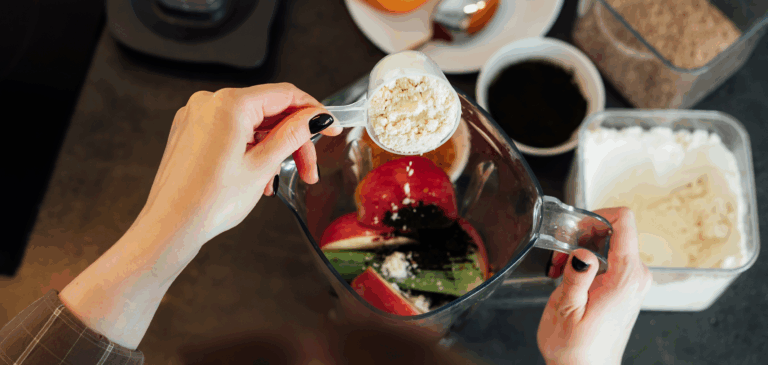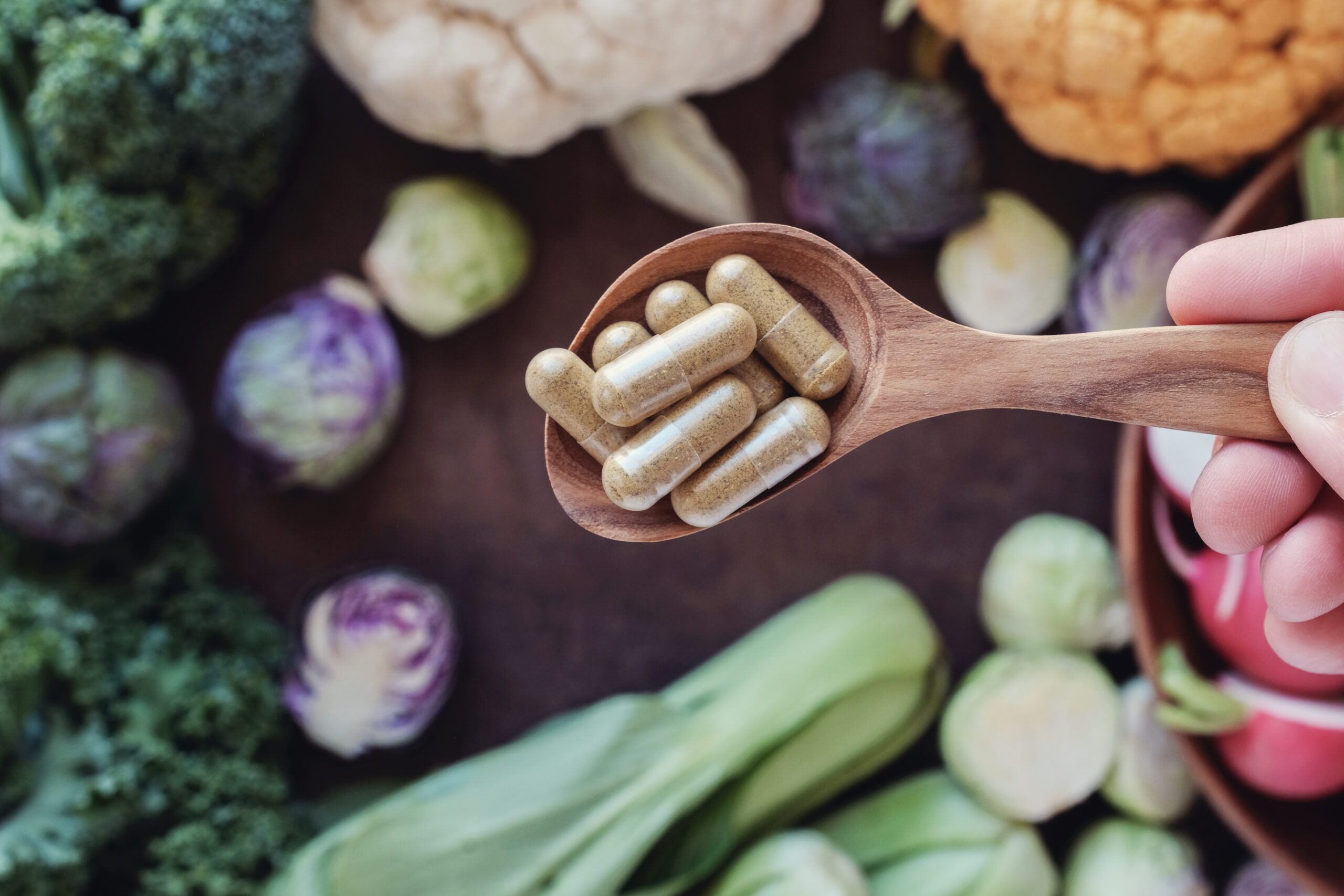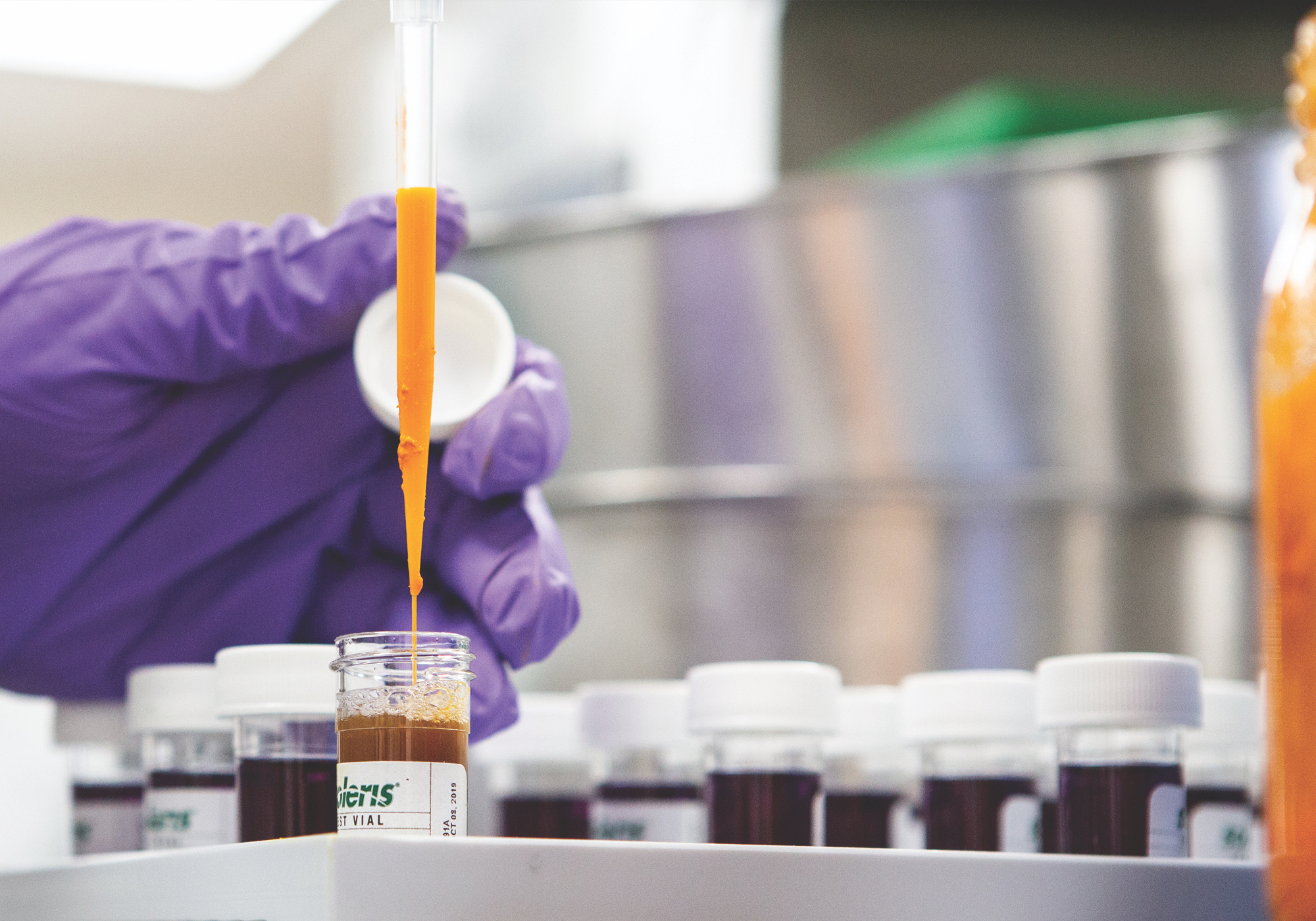Scientific name:Vaccinium macrocarpon
Constituents:
- Flavonoids (Quercetin & myricetin)
- Proanthocyanidins & polyphenols (catechin & epicatechin)
- Tannins
- Organic acids: quinic, malic, citric and benzoic
- Vitamin C
- Sugars (fructose & mannose)
- Amino acids & peptides
- Oxalates
Medicinal actions:
- Anti-carcinogenic
- Antioxidant
- Antimicrobial (bacterial)
Mechanism of Action & Pharmacology:
- Anthocyanidins exhibit a powerful antioxidant and anticarcinogenic effects in vitro.
- Initial experimental evidence suggested action against pathogens of the urinary tract to be through acidification of the urine, however more recent evidence has shown antibacterial effects through other mechanisms. Human clinical studies have shown ability to alter the environment of the urinary tract, rendering the bladder and urethra less amenable to bacteria (particularly E. coli)
- Sugars (e.g. fructose & mannose) may be responsible for interfering with the capacity of pathogens to adhere to the epithelium of the bladder and urethra, as well as reducing the formation of biofilms formed by bacteria and their polysaccharide excretions.
- Quinic acid may metabolized to hippuric acid which is a strong antibacterial agent and is excreted in the urine.
Pharmacy:
- Pure Juice (sugar-free)
- Capsules
Safety & Toxicity Concerns:
- Large amount may cause digestive upset (e.g. diarrhea).
- Should not be relied on alone for treatment of cystitis and/or pyelonephritis.
- Avoid in renal insufficiency and long term dosing in those with history of nephrolithiasis due to the high oxalate content of cranberry.
Interactions:
- None known.







